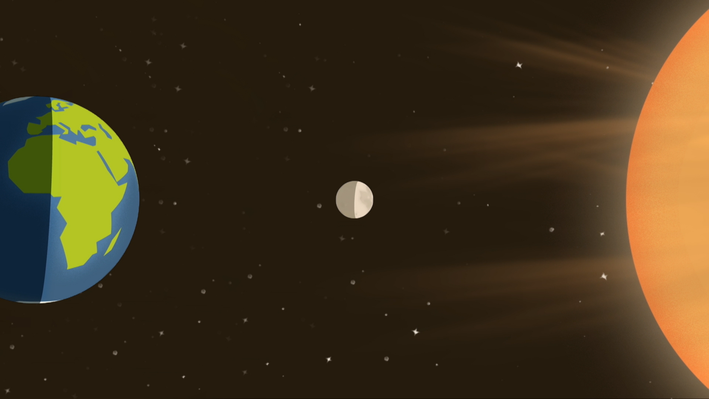On Monday, April 8th, parts of the United States will be treated to a spectacular celestial event: a total solar eclipse. While here in Virginia, we’ll experience an 80-90% eclipse depending on our specific location, it’s still going to be a remarkable sight. For those of us who love science, this is an event not to be missed!
A solar eclipse occurs when the Earth, Sun, and Moon align in such a way that the Sun is either partially or completely obscured by the Moon for a brief period. It’s a natural wonder that never fails to captivate our imagination.
As thrilling as eclipses are, they also come with important safety concerns. During the last eclipse several years ago, my sons and their friends improvised a homemade pinhole viewer when we couldn’t find proper viewing glasses. While they’re older now and know not to gaze directly at the sun, I’ll still be reminding my 18-year-old, who works at a daycare after school, to keep a watchful eye on his little charges and ensure they stay indoors during the event. Given that this eclipse will occur around the time when most schools are dismissing, it’s crucial for students to understand the risks of looking directly at the sun. To educate your students about the do’s and don’ts of eclipse viewing, I highly recommend exploring the Total Solar Eclipse News Quiz on eMediaVA. This resource includes a video along with downloadable documents to support your lesson.
Here are some ideas to help you safely observe the eclipse with your students:
- Pinhole Projectors: Construct a pinhole viewer using cardboard. Check out the instructional video available on eMediaVA for a step-by-step guide.
- Solar Eclipse Glasses: Purchase certified safe eclipse glasses for direct viewing. Safety should always come first!
- Telescope Projection: Utilize image projection as a classroom activity. Learn how to use a telescope for optical projection to enable the whole class to safely observe the eclipse together.
- Live Streams and Webcasts: Consider streaming live footage of the eclipse from reputable sources in the classroom. This allows students to witness the event in real-time from the safety of the indoors.
- Indirect Observation: Encourage students to observe the changes in their surroundings during the eclipse. They can note the changes in temperature, animal behavior, and the quality of light without directly looking at the sun.
- Classroom Resources: Safely celebrate the eclipse indoors with eMediaVA resources for elementary and secondary! Some of our favorite resources are highlighted below. For a full list of solar eclipse resources, explore the Solar Eclipse Resource Collection on eMediaVA.
Solar Eclipse Elementary Resources
- Total Solar Eclipse Animation
- Total Solar Eclipse | Ready Jet Go!
- Solar Eclipses Video | NASA
- Solar Eclipse | Things Explained
Solar Eclipse Secondary Resources
- Solar Eclipses Explained
- Solar Eclipse: Awesome Totality
- Watching a Solar Eclipse With an Astronomer
- Why Isn’t There an Eclipse Every Month?
Let’s make the most of this awe-inspiring event while prioritizing the safety and well-being of our students. Happy eclipse watching!
Carolyn LaRoche is a high school science teacher in Chesapeake Public Schools and an eMediaVA Teacher Ambassador.
